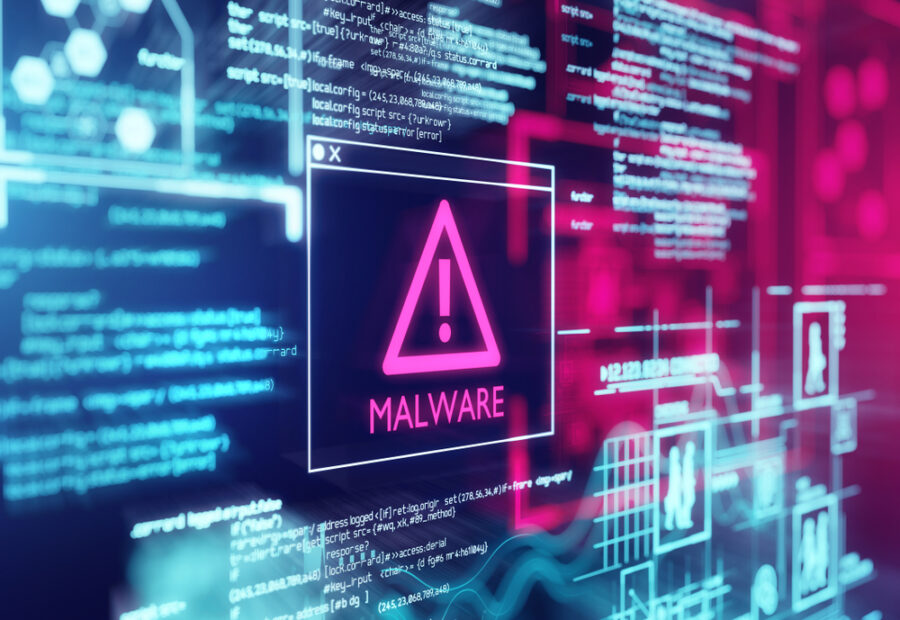Nicknamed after the wooden horse that the Greeks used to sack Troy, Trojans are a sneaky malware family that can do much damage. From banker trojans to distributed denial of service trojans, Trojans can steal data, open communication ports, or install more malware on a device.
Unlike viruses, Trojans do not self-replicate. There are several ways that a user can detect and remove Trojan horse malware from their device.
Uninstalling New Software
Nicknamed after the wooden horse used to sack the city of Troy, trojan horse malware are sneaky little creatures that hide in what appears to be a regular download file. Whether it’s a music, game program, or even an email attachment, trojans can sneak onto your device and steal information, install other malware, and more.
One of the most common signs of a Trojan infection is random changes to your system. You might notice that the desktop screen has changed or that your taskbar has disappeared for no apparent reason. Additionally, you may start seeing pop-ups on your screen that can’t be closed. Trojans also turn off your antivirus software, making your device more susceptible to attack.
Some trojans also have backdoor functionality, allowing hackers to control your device remotely. They can upload, download, or execute files at will and change your computer’s settings to make it easier for them to steal data. Another common trait of Trojans is that they can encrypt, move, or delete files on your computer. They can also eat up your memory, slowing down your machine and causing crashes.
Performing a Full System Restore
A Trojan horse is a type of malware that installs other programs, often malware, on your device without your knowledge. It takes its name from the legendary wooden horse that allowed attackers to enter the impregnable city of Troy. Trojans can carry a variety of payloads that can compromise your security, slow down your computer, or steal sensitive data, such as passwords, financial information, and credit card numbers.
An excellent way to protect against Trojans is to back up your data regularly. Virus scanners can also help, but because they typically run in the background, they may not detect Trojans. Another good practice is to perform a system restore, especially before undertaking large installations or settings changes. It will allow you to revert to a previous operating system version, eliminating any potential app problems and preventing your anti-malware from being disabled by the Trojan.
Many Trojans can turn off antivirus programs and firewalls on their device, leaving them vulnerable to other malware and phishing attacks. To avoid this, always be cautious about downloading new software or opening emails from unfamiliar sources. You should also update your antivirus program frequently to make sure it’s detecting the latest malware and trojans. Some Trojans can be removed by turning off startup items and applications on your device that doesn’t come from trusted sources, but for the best results, reboot your device into safe mode before attempting to do this.
Using a Malware Scanner
Like the giant wooden horse that inspired its name, a Trojan virus can hide in an innocent-looking download and wreak havoc on your device. This sneaky malware creates backdoors for attackers, steals data, and can even crash your system. Fortunately, there are several ways to detect and remove Trojan malware.
One of the best ways to check for trojan virus infection is to search your computer or mobile device for unrecognized programs and files. If you find any suspicious-looking files, you can use a malware scanner to determine whether or not they are Trojans.
Another way to spot a trojan virus is to watch for unexpected computer crashes and other issues. If you notice a sudden increase in spam email, excessive pop-ups, or other unusual activities on your devices, it may be time to run a malware scan.
Trojans differ from viruses because they don’t replicate but can disguise themselves as standard apps and programs. They often rely on social engineering to trick users into downloading and installing them. It can be done through malicious email attachments or by exploiting weak points on your device.
A lot of the time, Trojans can be found in freeware programs that a user downloads. It is why businesses need to have robust Shadow IT policies in place. It ensures employees only use applications pre-approved for use by the company.
Performing a System Reset
The Trojan is merely the vehicle for the attacker’s desired payload, which can be anything from stealing data to interrupting a device’s basic functionality or even turning on your computer or mobile phone’s camera or microphone. Trojans can do this because they hide their code in files that appear to be safe and valuable. These programs are often camouflaged as other legitimate software or as MP3 songs, videos, or .txt files.
The best way to check for Trojan viruses is by searching your computer or mobile device for any applications or programs you must remember to install all by yourself. You can also use a search engine to enter unrecognized programs or file names into it to determine whether they are recognized as a Trojan. If you delete any infected files, you should turn off system restore on your device so that the deleted files don’t automatically get restored when your operating system restarts.
In the workplace, it is vital to put a robust Shadow IT policy in place to prevent employees from downloading programs that aren’t approved for business usage. It is often how Trojans infiltrate a corporate network. In addition, ensure all computers and mobile devices have up-to-date software patches that can seal common vulnerabilities that Trojans exploit. It would be best to implement AI-based protection that can recognize patterns of suspicious behavior and typical malware signatures to stop threats before they even reach your organization’s networks.



 How Mobile Technology Is Transforming Sports Betting Experiences
How Mobile Technology Is Transforming Sports Betting Experiences




